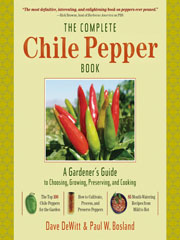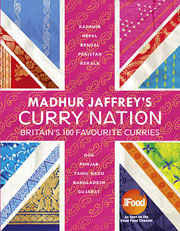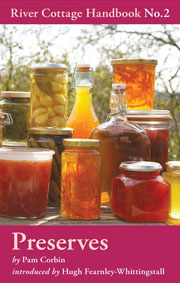Exactly how you want to preserve your chillies will vary mainly depending on how you like to use your peppers in your cooking. Below we outline some of the easiest and most popular ways of how to preserve chillies so you can enjoy your harvest long after the growing season has ended.
Drying Peppers
This is perhaps one of the most common and easiest ways to preserve your chillies. The key to drying chillies is to expose them to a constant warm dry humidity in order to remove the moisture from inside the pepper. Failure to remove all of the moisture will result in your chillies rotting, making them inedible. There are many different techniques you can use for drying peppers so lets look at a few.
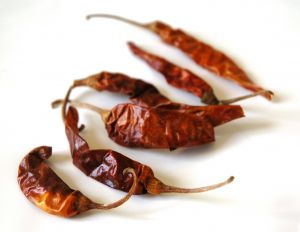
A question that we often get asked is whether to cut the peppers in half and or remove the seeds. Well there is no definitive answer to this question as much will depend on the type of chillies you are using. As a general rule it can be better to half and de-seed larger chillies with more flesh such as jalapenos while smaller thinner walled peppers such as habaneros or cayennes will usually dry fine if left whole.
Without a doubt the cleanest, easiest and most efficient way to dry your chillies is to use a purpose built food/fruit dehydrator. These machines tend to be marketed towards people that want to dry fruit but they work equally well for drying chilli peppers. You simply place your chillies on a series of small trays that stack on top of each other neatly and are gently warmed (usually for about 12-24 hours) by a steady heat from the base unit below. As you’d expect from a purpose built food dehydrator the results are nice evenly dried chillies with no possibility of burning your harvest (very easy to do when oven drying!).
Oven Drying Peppers
Oven drying your chillies is one of the fastest ways to dry them out. To prepare them you may need to slice the chillies in half and if desired remove the seeds. Spread out the peppers on a baking tray (ideally on baking paper to stop them sticking) and place them in an oven on a very low heat (about 100 degrees centigrade or less). Timing is absolutely crucial as it can be easy to leave them in too long and burn. As a guide we would say to leave them in the oven for about 10-15 minutes and if not fully dry then check on them every 2-3 minutes after that.
Be warned that the exact time required to dry your peppers will vary enormously depending on the type of chillies and oven you are using. As a general rule keep the oven temperature very low and check them very regularly. If using this method it can be a good idea to dry your fruit in batches to avoid losing all of your crop should you make a mistake.
Hanging Peppers To Dry
Hanging you chilli peppers up to dry is not only a traditional and effective way to preserve them but it also doubles as a great ornamental addition to your kitchen. Chillies are usually strung together and hung on a string or wire and bound closely together to form a long bunch, usually termed a chilli ristra. If you are interested hanging your peppers in the kitchen to dry take a look at the blog post we made that explains how to make a chilli ristra.
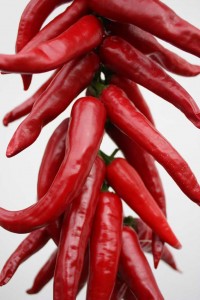
Storing Dried Peppers
Once dry you can keep the chillies for a long time (they’ll often last a few years) so long as you store them in a moisture free environment. This could either be hanging near a sunny window in the kitchen or in a air sealed storage jar or container, the key is to keep them dry. Tell tale signs of moisture is usually seen as a darkening in colour, black spots or mould. Should you see any of these you should throw them away.
Using dried chillies in your cooking is as easy as throwing them in whole or roughly chopping or crumbling into whatever you are cooking. If you have a large quantity of dried chillies you could make a batch of chilli flakes by grinding them using a bladed coffee grinder. One great benefits of preserving your chillies as chilli flakes is that they take a lot less room to store than when they are left whole.
Freezing Chilli Peppers
Freezing peppers is a relatively straight forward way to preserve your harvest and is one of the easiest to do. As a general rule we usually remove the seeds prior to freezing as these can turn very sour to taste. Simply slice your chillies in half and remove the seeds. It is best to chop them to the size that you like to use when cooking before your freeze them. Once chopped simply spread the chillies on to a baking tray and pop them into the freezer.
After a few hours simply remove the tray from the freezer and place the frozen peppers into a freezer zip lock bag. Next time you are cooking you can simply pull out a few pieces of frozen chillie and throw them straight into the pan.
To learn more you might want to take a look at our How to Freeze Peppers Guide.
Other Canning, Pickling & other Preserving Methods
For hundreds of years, before every home had a refrigerator, freezer or oven the only way to preserve foods was through techniques such as pickling, salting and preserving. Unfortunately thanks to our busy modern lifestyles these techniques have taken a back seat.
Pickling and preserving is a great way to preserve your chillies and in our opinion maintains the flavor of your peppers better than drying or freezing. If you’d like to learn more about these techniques either check out the recipes mentioned below or alternatively take a look at the excellent River Cottage Preserving Handbook by Pam Corbin or Victoria Stewart’s excellent Canning and Preserving program.
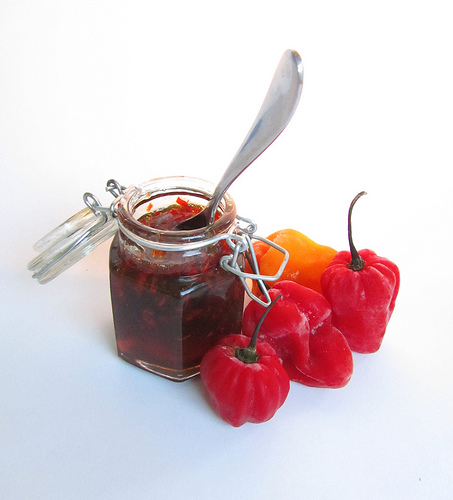
Other ways to preserve your chillies
If you think it is too much hassle drying, flaking or freezing your chillies only to have to cook with them at a later date then why not make them into a tasty dish that can be stored for a long period of time. Three of our most popular chilli recipes here at The Chilliking involve preserving your peppers so why not check them out….
If you like cheese & biscuits, toasted sandwiches or cold meats then you really should try making a batch of our Chilli Jelly recipe. If that all sounds a bit much like hard work them why not knock up a bottle of our famous Chili Oil – a great way to spice up any meal. Finally our chilli chutney recipe is an old favorite, ideal in sandwiches, with cold meats or in pasta dishes.

